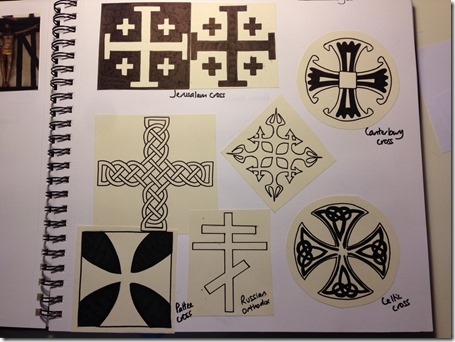Translating the bonded patterns into stitch
Having spent so many weeks using paper, inks, paints and bonding mediums I was looking forward to this chapter to do some stitching.
First of all, my rejected attempts…
Image 7.1 shows some of my first attempts at three-layered cut-work. For various reasons I was not happy with these samples and so have not included them as my six samples.
Top right : Example made of a base of glazed cotton and two layers of lining fabric with machine stitching. I didn’t like the lack of variety in the textures in this example as the fabrics and machine stitching were all quite flat.
Right centre: Example made of silk base with crosses cut from two layers of lining fabric with hand stitching in perle cotton. This had slightly more texture due to the hand stitching but was still uninteresting due to the choice of two fabrics with the same finish.
Bottom: silk base with two layers of voile and machine stitching. This produced an interesting effect as the voile allowed the stitching of the bottom layer to show through. However, I rejected this sample as I somehow distorted the shape and it ended up not being square.
Left centre: sample made from quilting fabrics in blue and gold colours. This example didn’t really fit with the brief for this module, I just wondered what it would look like in quilting fabrics.
Top left: This example had a silk background and first layer and the top layer was made of voile. It was hand stitched in perle cotton.
Six samples
Having worked out what didn’t work in the examples above, I then created six which I was more pleased with.
Image 7.2 Image 7.3
In example 7.2, I used a background of raw silk. The layers were made from purple voile, using the patterns shown in Image 7.3. I hand stitched using a pale blue perle cotton in a running stitch and then twisted the same cotton through each stitch to make a continuous line. I was very pleased with the effect that the two layers of voile created i.e. darker sections where the layers overlapped.
Image 7.4 Image 7.5
In example 7.4, I wanted to create a more textured piece. I used a square of muslin which I had dyed blue with Brusho ink as the base. The first layer was made from raw silk. I did two rows of machine stitching around all of the edges and then frayed the silk edges. For the top layer I used another square of the muslin dyed a slightly darker blue. I hand stitched two rows of running stitch in navy perle cotton. To give the piece more texture I then cut out both sides of the stitching and frayed all of the raw edges.
I was really pleased with this sample as there was a variety of textures from the silk and matt fabrics and the fraying on the raw silk added interest with the warp and weft threads being different colours.
Image 7.6 Image 7.7
In example 7.6 I decided to use the same pattern for both layers, with the second layer rotated 180 degrees. I used a background of yellow lining fabric. Layer one was made from a kingfisher-blue raw silk and hand stitched with a variegated blue/lilac perle cotton. For layer two I used the same pattern but rotated it 180 degrees and cut it from purple voile. For both layers I used running stitch with thread run through each stitch to create continuous lines.
I was very pleased with the finished effect. I think the combination of the asymmetrical pattern used twice, the contrasting colours of yellow and blue and the ability to see the stitching on both layers due to the transparent top layer produced a very interesting piece. It looks much more modern and abstract than the previous two samples above.
Image 7.8 Image 7.9
For example 7.8 I used a blue cotton background. Layer one was made from blue ‘bits fabric’ and stitched with a pale blue perle thread using cross stitches. The second layer was made from linen coloured with Brusho ink and I frayed the edges of the linen. I stitched the top layer with the same blue perle thread and to create a more distressed look I attached knots of gold embroidery thread through the stitches.
I was pleased with the results of this sample. The mixture of fabrics, the frayed edges, the cross stitches and the knots provided an interesting variety of textures and some height to the sample.
Image 7.10 Image 7.11
In example 7.10 I used yellow raw silk as the background. Layer one was made from two-tone polyester and was hand-stitched in gold perle thread with navy perle thread twisted through. The top layer was made from blue ‘bits fabric’ using the negative shapes from the first layer. I stitched the top layer to contrast with the first layer i.e. navy perle with gold threaded through. I think that the contrasts in colour worked well in this piece.
Image 7.12 Image 7.13
In example 7.12 I used a yellow background. Layer one was made from Kingfisher blue silk, hand stitched with a yellow linen thread in running stitch and, on the perimeter, with French knots. The top layer was made from blue silk and hand stitched in pale blue perle thread. I liked the richness of this piece having used three silky fabrics. The slubs in the raw silk and the French knots added texture to the piece.
Images 7.14 and 7.15 – sketchbook pages
Images 7.16 and 7.17 – sketchbook pages
Time: 16 Hours
Cost: Nil
![IMG_4490[1] IMG_4490[1]](https://janechippstitch.files.wordpress.com/2015/01/img_44901_thumb.jpg?w=260&h=346)
![IMG_4502[1] IMG_4502[1]](https://janechippstitch.files.wordpress.com/2015/01/img_45021_thumb.jpg?w=261&h=347)
![IMG_4504[1] IMG_4504[1]](https://janechippstitch.files.wordpress.com/2015/01/img_45041_thumb.jpg?w=336&h=253)
![IMG_4503[1] IMG_4503[1]](https://janechippstitch.files.wordpress.com/2015/01/img_45031_thumb.jpg?w=252&h=334)
![IMG_4506[1] IMG_4506[1]](https://janechippstitch.files.wordpress.com/2015/01/img_45061_thumb.jpg?w=324&h=244)
![IMG_4476[1] IMG_4476[1]](https://janechippstitch.files.wordpress.com/2015/01/img_44761_thumb.jpg?w=275&h=365)
![IMG_4505[1] IMG_4505[1]](https://janechippstitch.files.wordpress.com/2015/01/img_45051_thumb.jpg?w=273&h=361)
![IMG_4482[1] IMG_4482[1]](https://janechippstitch.files.wordpress.com/2015/01/img_44821_thumb.jpg?w=258&h=342)
![IMG_4519[1]](https://janechippstitch.files.wordpress.com/2015/01/img_45191-e1422371153888.jpg?w=300&h=225)
![IMG_4483[1] IMG_4483[1]](https://janechippstitch.files.wordpress.com/2015/01/img_44831_thumb.jpg?w=244&h=324)
![IMG_4522[1] IMG_4522[1]](https://janechippstitch.files.wordpress.com/2015/01/img_45221_thumb.jpg?w=350&h=184)
![IMG_4491[1] IMG_4491[1]](https://janechippstitch.files.wordpress.com/2015/01/img_44911_thumb.jpg?w=184&h=244)

![IMG_4552[1]](https://janechippstitch.files.wordpress.com/2015/01/img_45521.jpg?w=300&h=225)
![IMG_4553[1]](https://janechippstitch.files.wordpress.com/2015/01/img_45531-e1422370657800.jpg?w=300&h=225)
![IMG_4554[1]](https://janechippstitch.files.wordpress.com/2015/01/img_45541-e1422370809748.jpg?w=300&h=225)
![IMG_4555[1]](https://janechippstitch.files.wordpress.com/2015/01/img_45551-e1422370932159.jpg?w=300&h=225)
![IMG_4495[1] IMG_4495[1]](https://janechippstitch.files.wordpress.com/2015/01/img_44951_thumb.jpg?w=325&h=432)
![IMG_4496[1] IMG_4496[1]](https://janechippstitch.files.wordpress.com/2015/01/img_44961_thumb.jpg?w=275&h=365)
![IMG_4497[1] IMG_4497[1]](https://janechippstitch.files.wordpress.com/2015/01/img_44971_thumb.jpg?w=294&h=390)
![IMG_4498[1] IMG_4498[1]](https://janechippstitch.files.wordpress.com/2015/01/img_44981_thumb.jpg?w=287&h=381)
![IMG_4500[1] IMG_4500[1]](https://janechippstitch.files.wordpress.com/2015/01/img_45001_thumb.jpg?w=264&h=350)
![IMG_4499[1] IMG_4499[1]](https://janechippstitch.files.wordpress.com/2015/01/img_44991_thumb.jpg?w=255&h=339)
![IMG_4501[1] IMG_4501[1]](https://janechippstitch.files.wordpress.com/2015/01/img_45011_thumb.jpg?w=269&h=357)
![IMG_4550[1]](https://janechippstitch.files.wordpress.com/2015/01/img_45501-e1422370109939.jpg?w=300&h=225)
![IMG_4494[1]](https://janechippstitch.files.wordpress.com/2015/01/img_44941-e1422370260243.jpg?w=300&h=225)
![IMG_4447[1] IMG_4447[1]](https://janechippstitch.files.wordpress.com/2015/01/img_44471_thumb.jpg?w=409&h=308)
![IMG_4539[1] IMG_4539[1]](https://janechippstitch.files.wordpress.com/2015/01/img_45391_thumb.jpg?w=242&h=322)
![IMG_4451[1] IMG_4451[1]](https://janechippstitch.files.wordpress.com/2015/01/img_44511_thumb.jpg?w=350&h=184)
![IMG_4405[1] IMG_4405[1]](https://janechippstitch.files.wordpress.com/2015/01/img_44051_thumb.jpg?w=275&h=365)
![IMG_4406[1] IMG_4406[1]](https://janechippstitch.files.wordpress.com/2015/01/img_44061_thumb.jpg?w=278&h=367)
![IMG_4448[1] IMG_4448[1]](https://janechippstitch.files.wordpress.com/2015/01/img_44481_thumb.jpg?w=244&h=184)

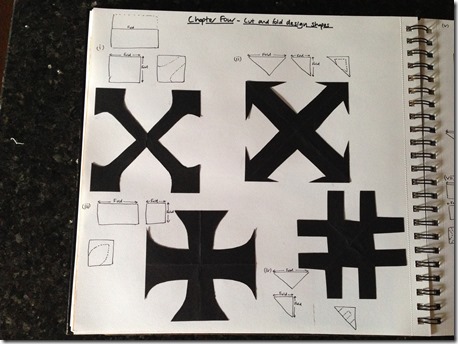
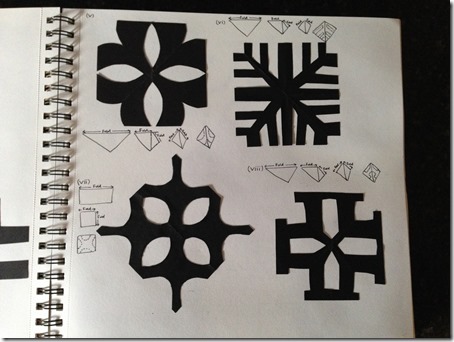
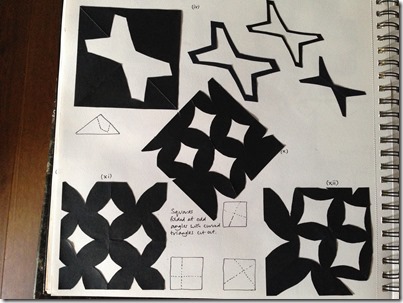

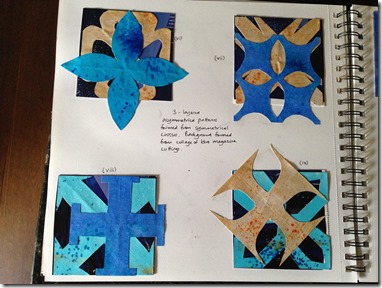


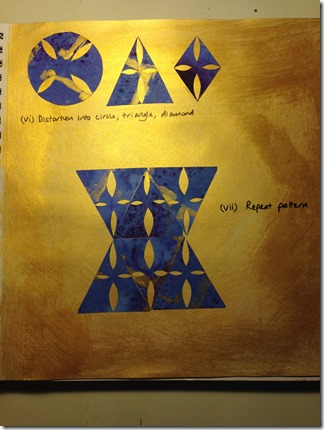
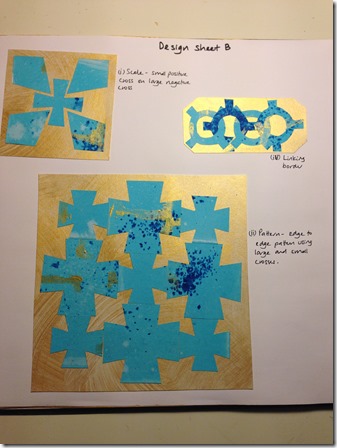
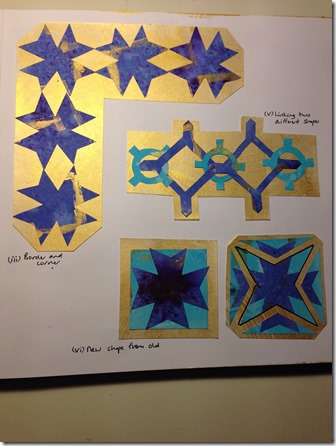




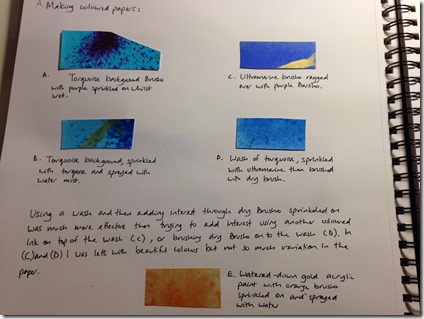



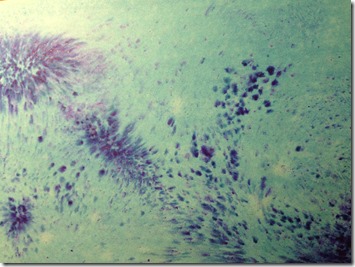


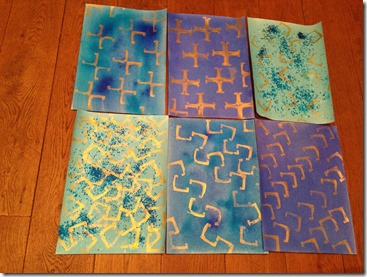
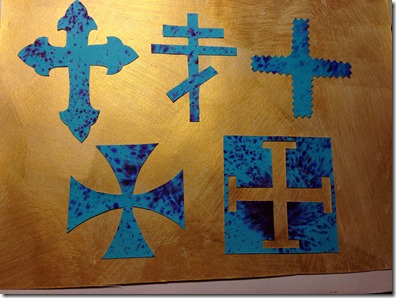

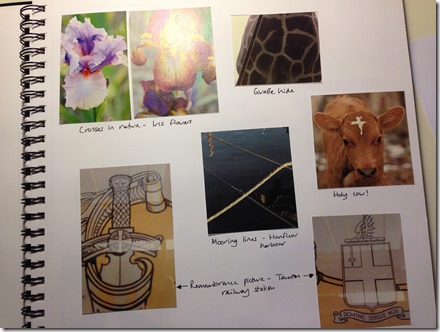



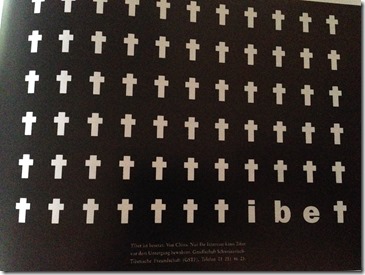
![IMG_4200[1] IMG_4200[1]](https://janechippstitch.files.wordpress.com/2015/01/img_42001_thumb.jpg?w=184&h=244)
![IMG_4201[1] IMG_4201[1]](https://janechippstitch.files.wordpress.com/2015/01/img_42011_thumb.jpg?w=180&h=239)




